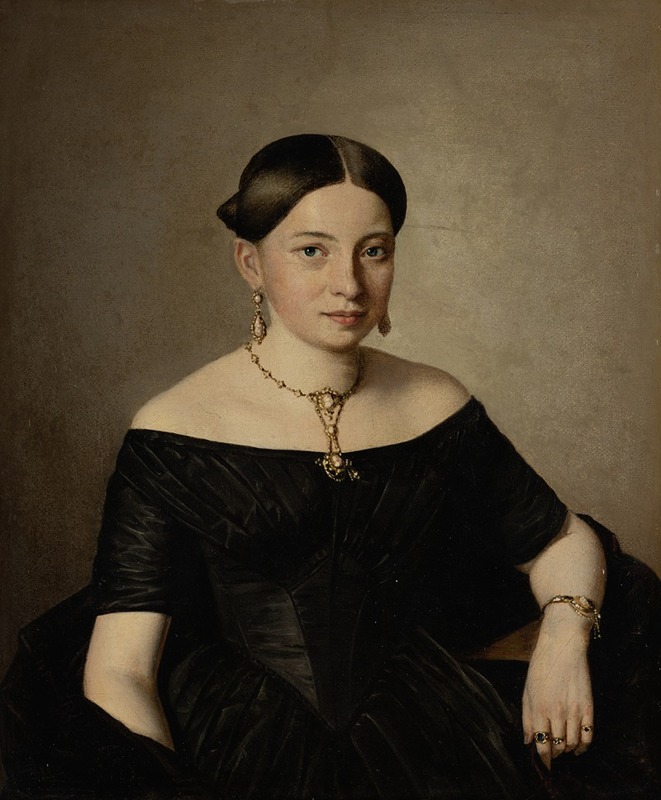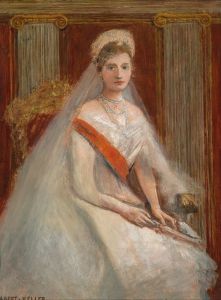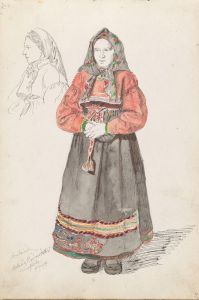
Countess Dimitri Tatischeff
A hand-painted replica of Ferdinand Georg Waldmüller’s masterpiece Countess Dimitri Tatischeff, meticulously crafted by professional artists to capture the true essence of the original. Each piece is created with museum-quality canvas and rare mineral pigments, carefully painted by experienced artists with delicate brushstrokes and rich, layered colors to perfectly recreate the texture of the original artwork. Unlike machine-printed reproductions, this hand-painted version brings the painting to life, infused with the artist’s emotions and skill in every stroke. Whether for personal collection or home decoration, it instantly elevates the artistic atmosphere of any space.
"Countess Dimitri Tatischeff" is a painting by the Austrian artist Ferdinand Georg Waldmüller, who was one of the most prominent painters of the Biedermeier period. Waldmüller was born on January 15, 1793, in Vienna, Austria, and he became well-known for his detailed and realistic portraits, landscapes, and genre scenes.
The painting "Countess Dimitri Tatischeff" is a portrait that exemplifies Waldmüller's skill in capturing the likeness and personality of his subjects. The countess, whose full name and background are not widely documented, is depicted with great attention to detail, showcasing Waldmüller's mastery in rendering textures, fabrics, and the subtleties of human expression.
Waldmüller's approach to portraiture was characterized by a meticulous observation of his subjects and a commitment to realism. This is evident in the way he painted the countess's attire, which reflects the fashion of the time, as well as in the lifelike representation of her facial features and the delicate play of light and shadow on her skin.
The Biedermeier period, during which Waldmüller created this work, was marked by a focus on the middle class and their domestic lives, as well as an interest in nature and everyday scenes. While "Countess Dimitri Tatischeff" is a portrait of an aristocratic figure, it still embodies the period's emphasis on realism and detailed representation.
Ferdinand Georg Waldmüller's works are celebrated for their technical excellence and their ability to convey the character and mood of the subjects. His paintings often feature a harmonious balance of color and composition, which can also be seen in "Countess Dimitri Tatischeff." The countess is portrayed with a serene and composed demeanor, suggesting a sense of dignity and grace.
Waldmüller's influence extended beyond his lifetime, as he played a significant role in the development of Austrian art in the 19th century. He was also an advocate for the improvement of artistic education and was involved in various artistic institutions in Vienna.
"Countess Dimitri Tatischeff" remains an important example of Waldmüller's portraiture and is appreciated for its artistic quality and historical significance. The painting is part of the broader collection of works that highlight the cultural and social aspects of the Biedermeier period.
In summary, "Countess Dimitri Tatischeff" by Ferdinand Georg Waldmüller is a notable portrait that reflects the artist's dedication to realism and his ability to capture the essence of his subjects. Waldmüller's work continues to be admired for its technical proficiency and its contribution to the art of the 19th century.


















